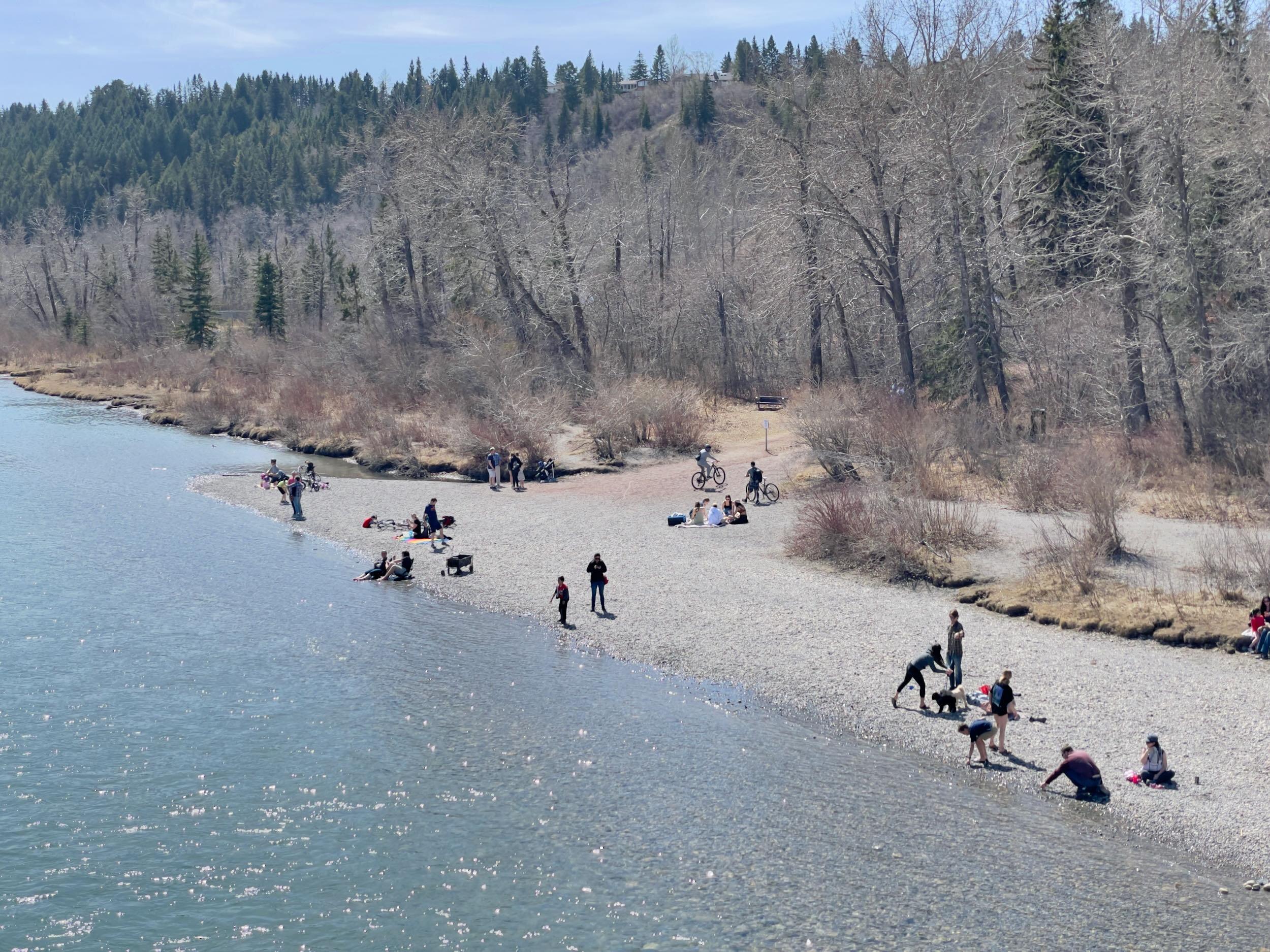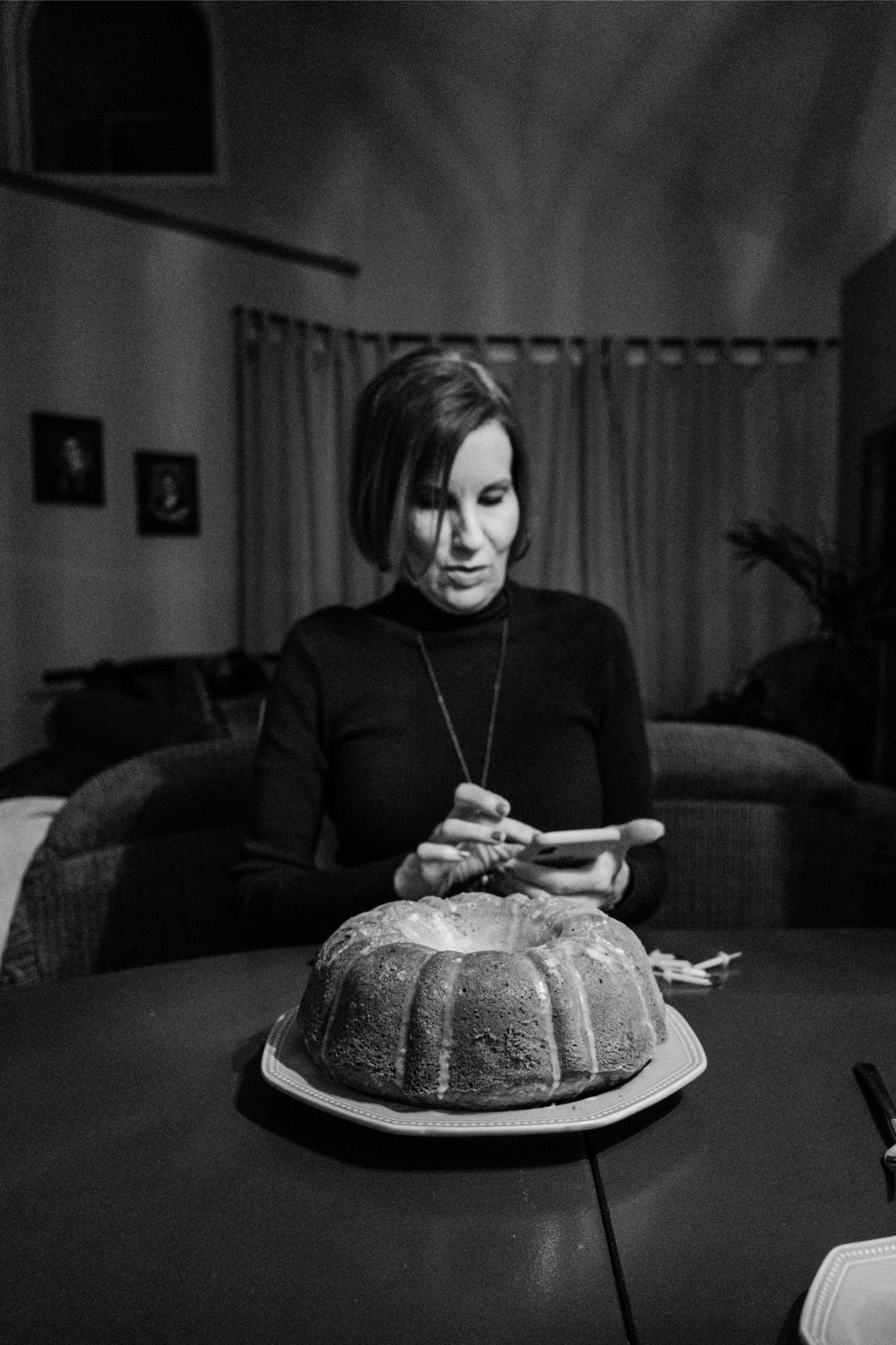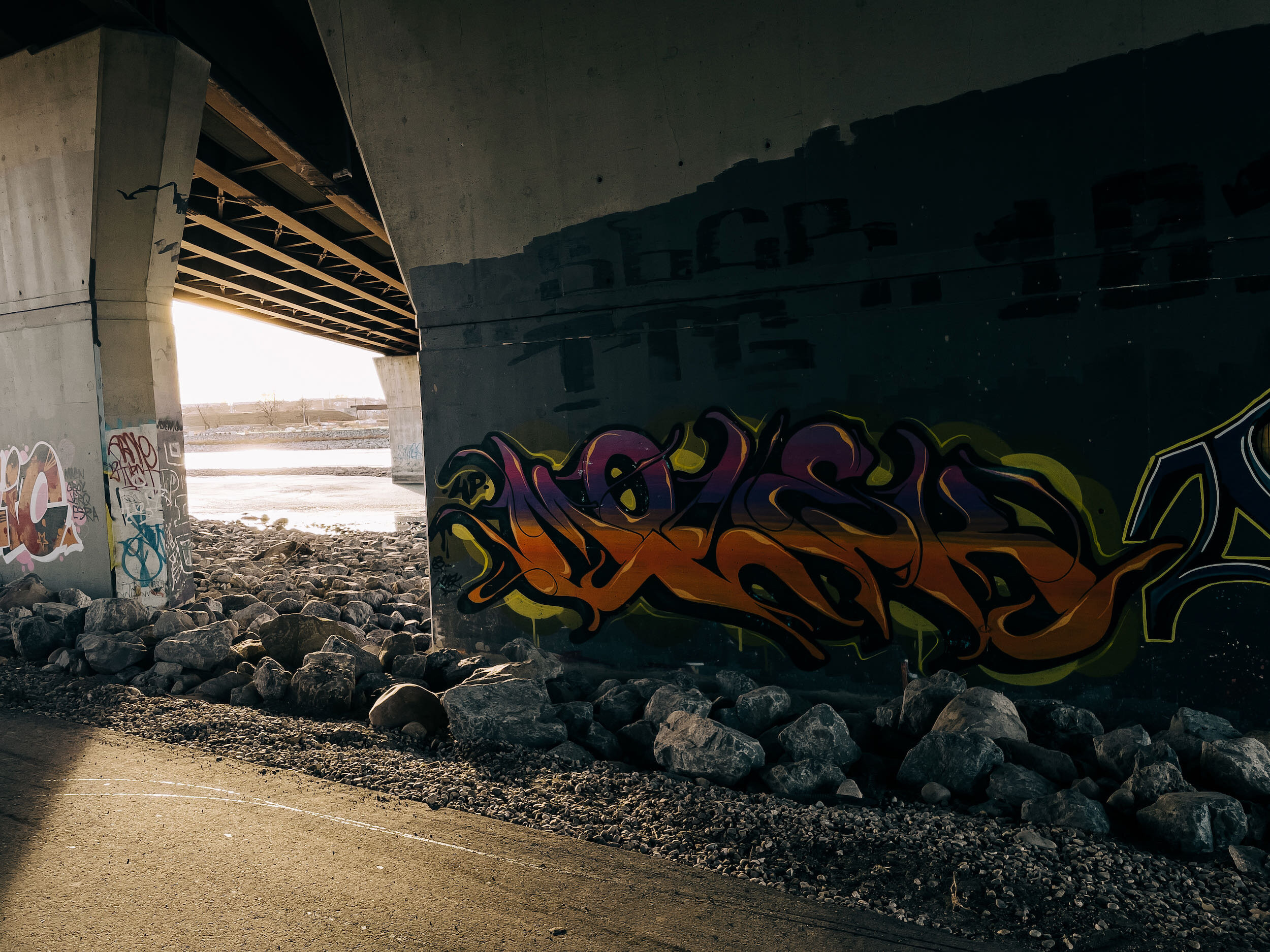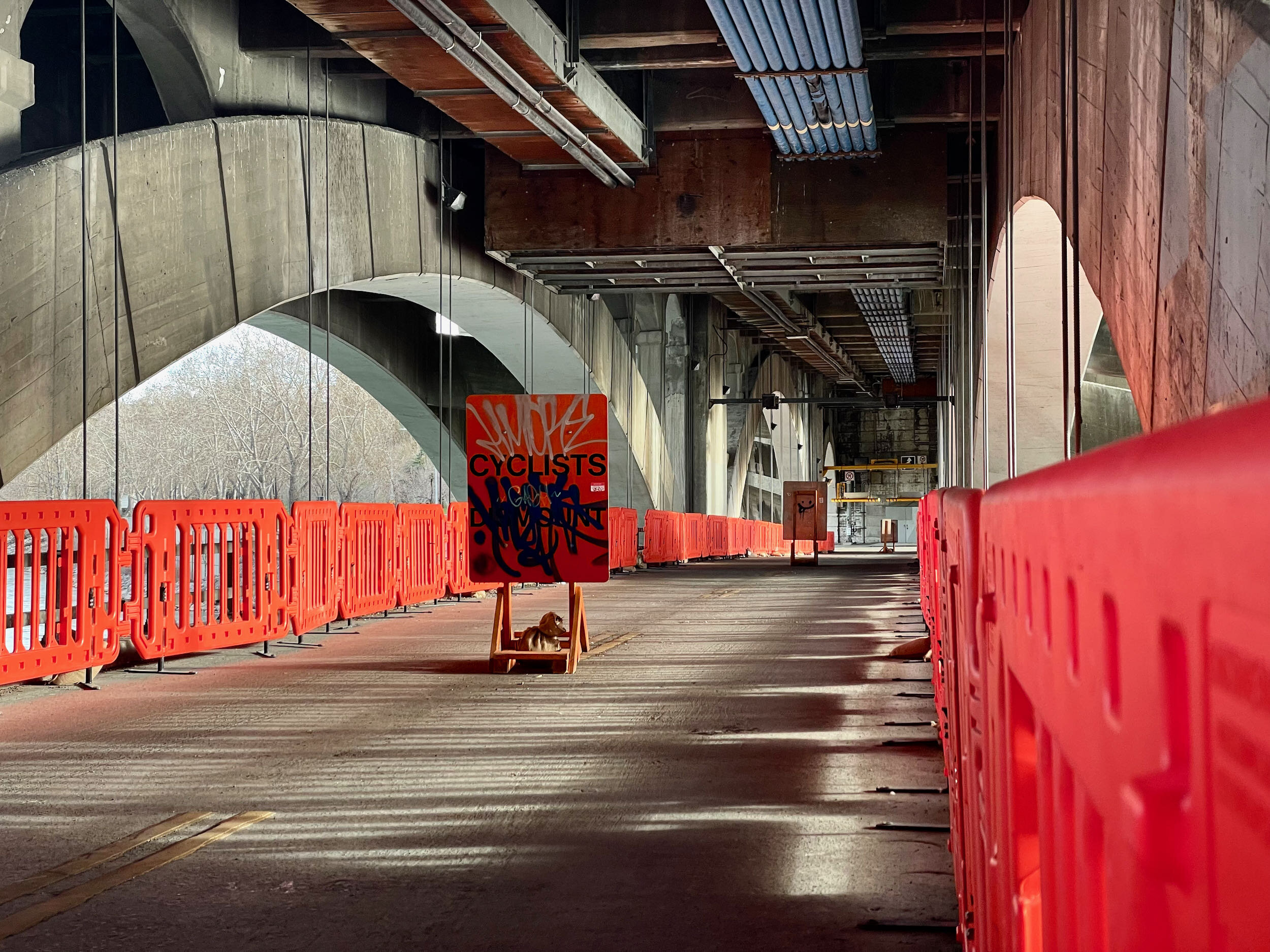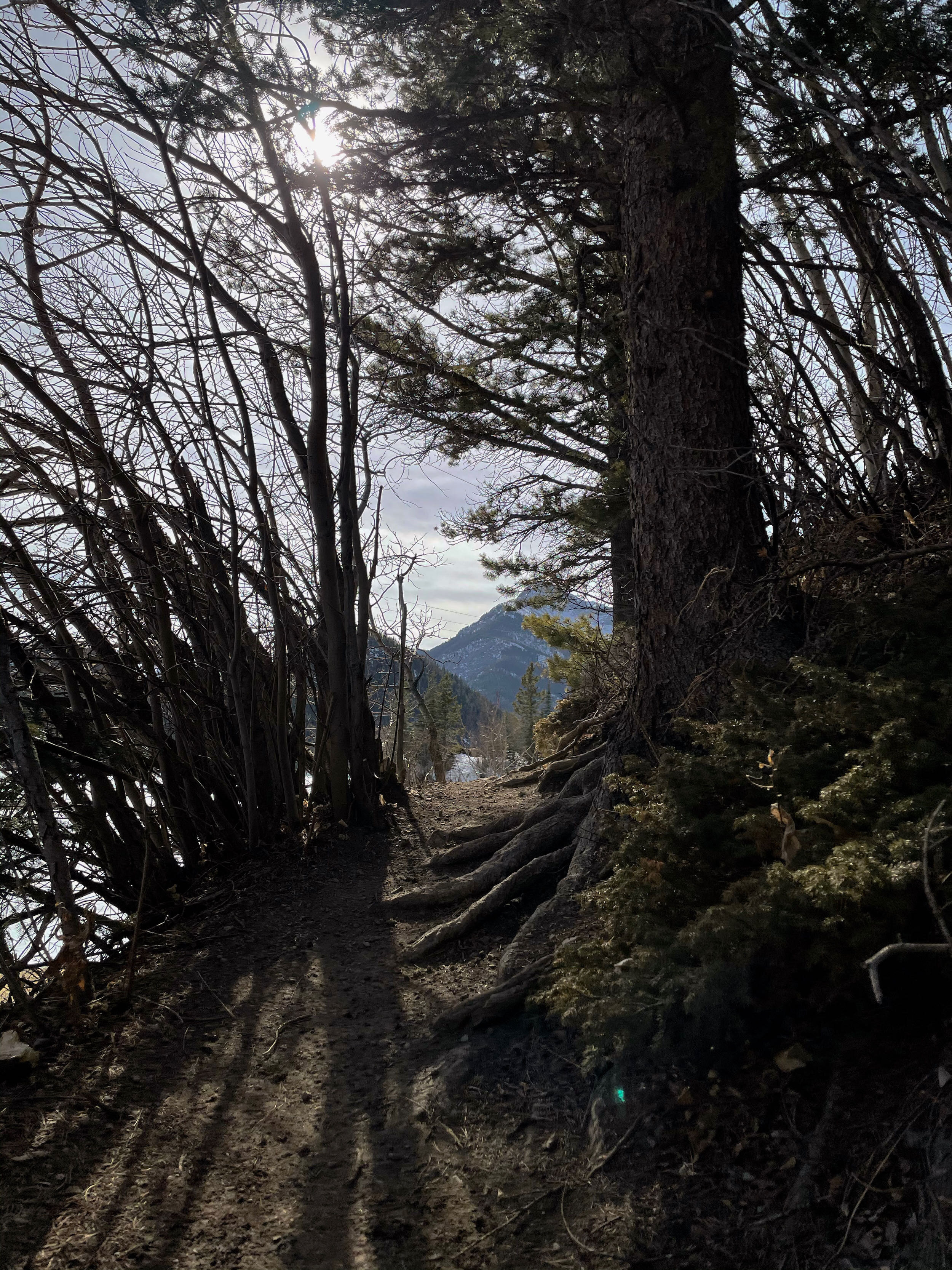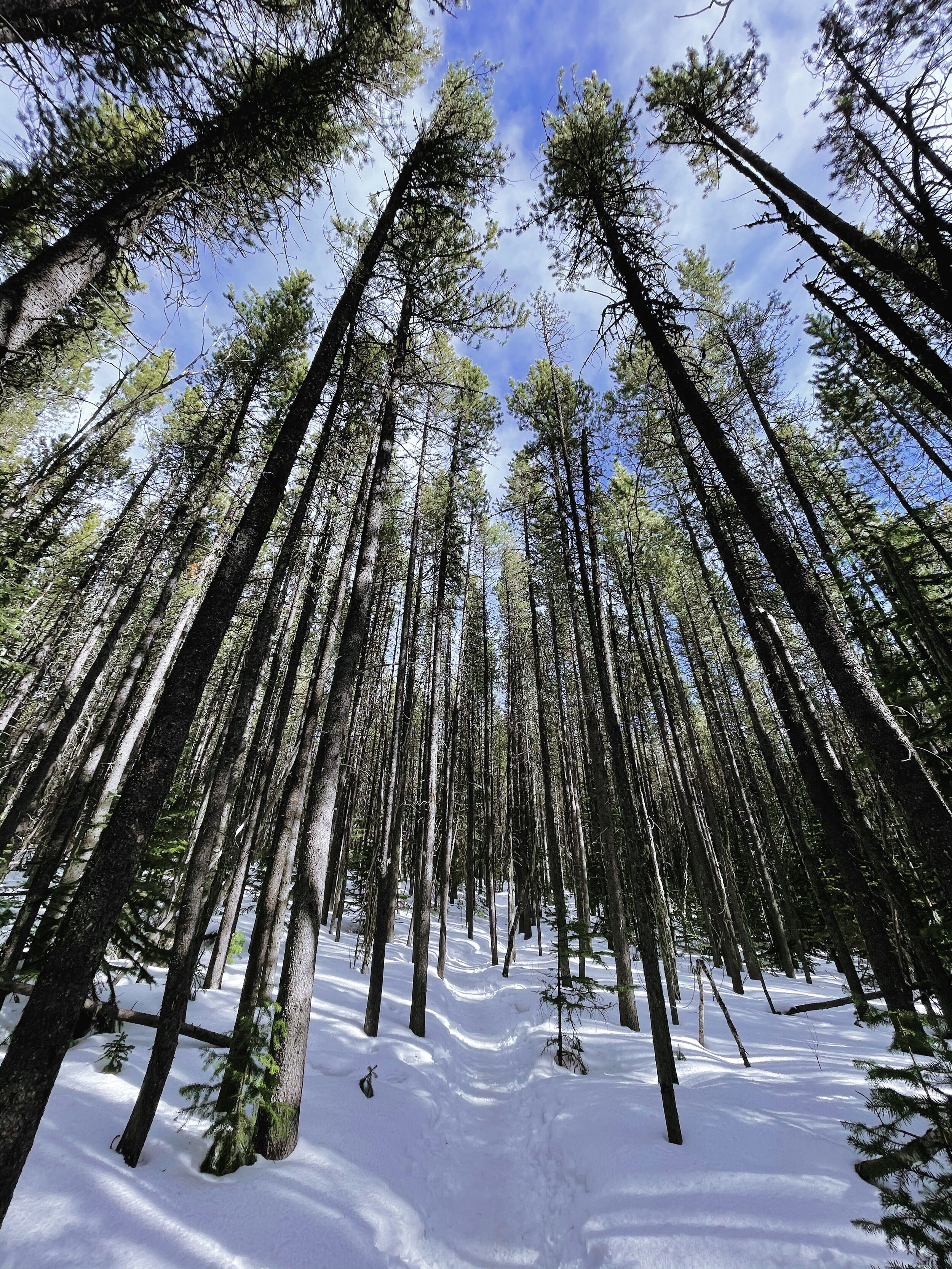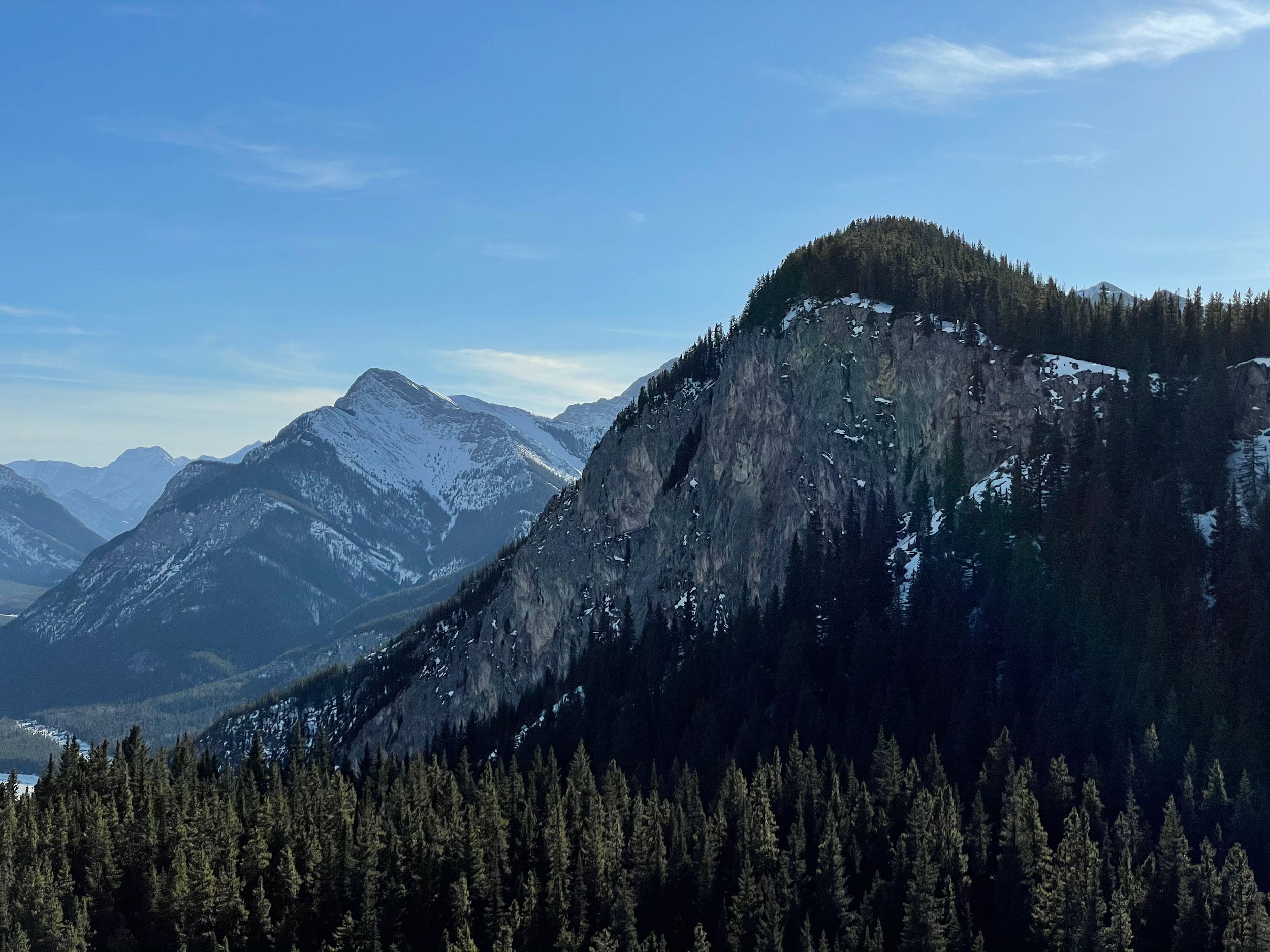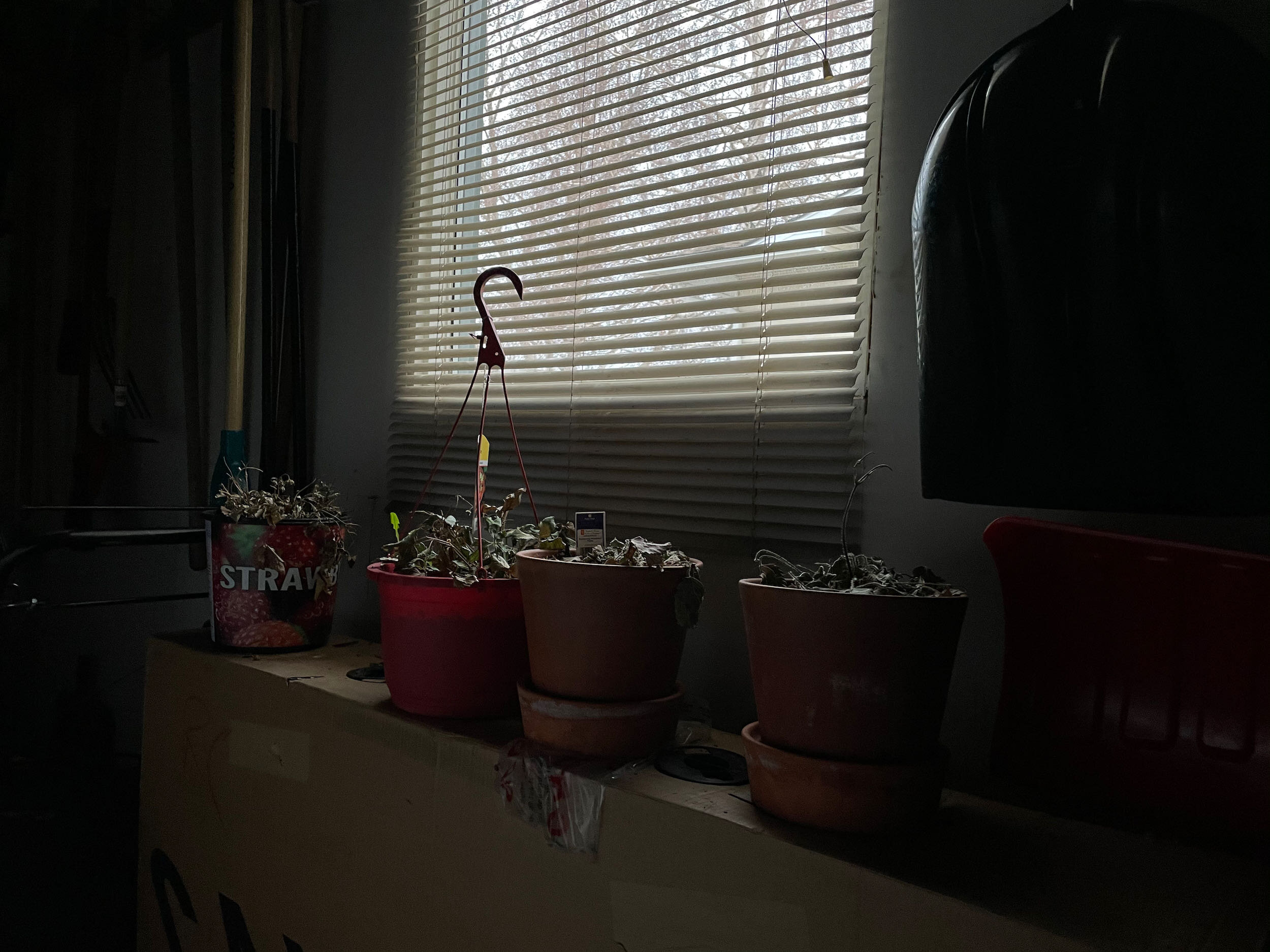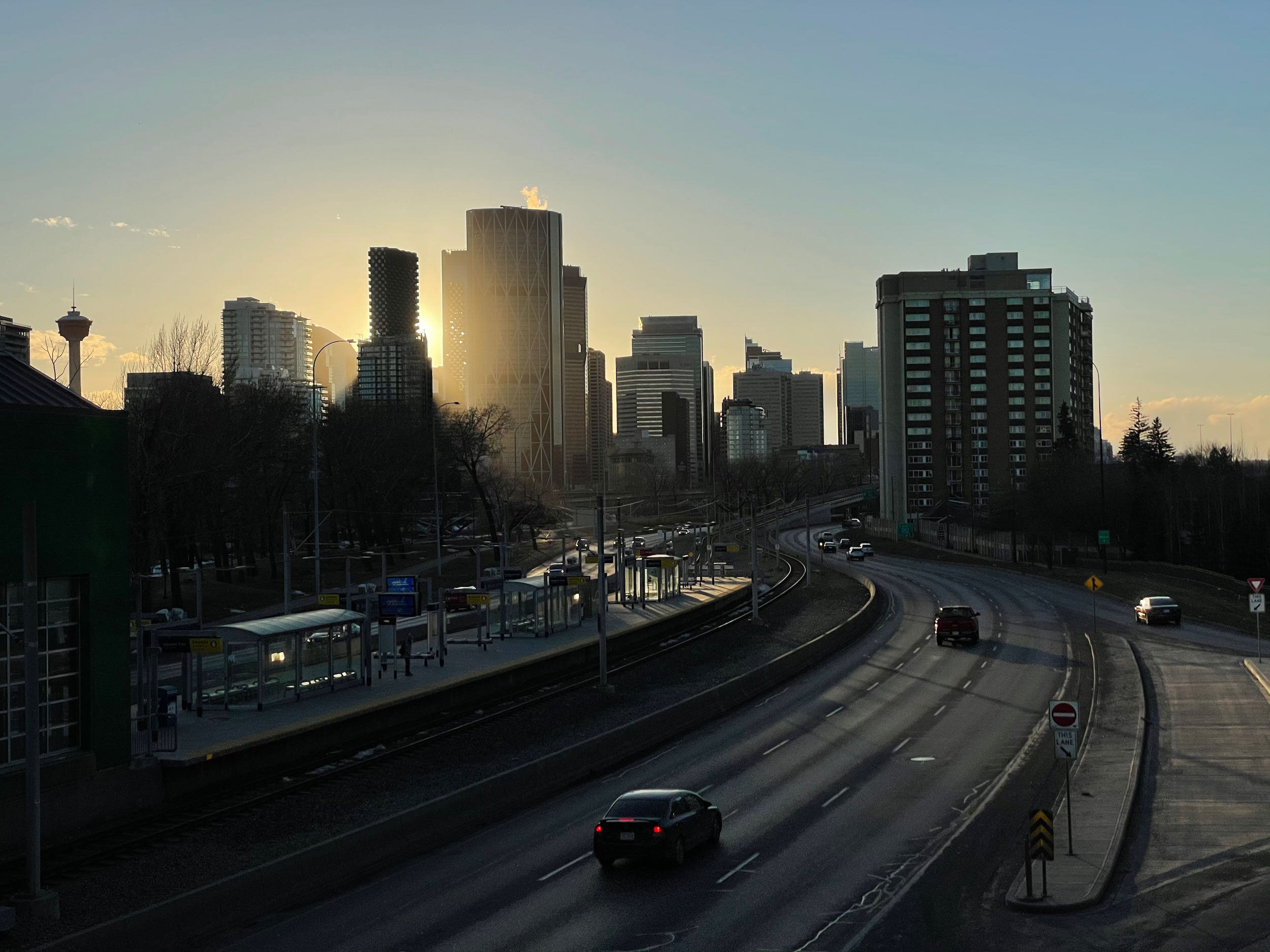Fall around the Glenmore Reservoir
Hello from the other side of perhaps the finest fall in memory. Calgary enjoyed mild temperatures well into November, and the colours lingered for longer than the usual week and a half (I’m exaggerating, but not by much).
As the year winds down and the holiday tunes start playing in the grocery store, I naturally get reflective. This year feels different, though, and I think my friend Steven might have an idea why. In his newsletter, he writes:
…it feels like COVID-19 is the overriding big thing for 2020 & 2021 in my life. No matter what I do, it doesn’t stand out in my mind. Arguably the last year has been extremely eventful for me … Despite all of that, I had to think hard to remember what should go on this list.
Plenty of normally noteworthy things have happened in the last two years, but this gosh darn pandemic can act like sandpaper for life events if you aren’t careful. Check in with yourself. Are you doing things that, six months from now, you’ll wish you had spent time on?
Iceland, alone
Skógafoss all to myself
Undoubtedly, the biggest highlight of the past few months, I finally made my Iceland trip happen. I spent two weeks driving the ring road, the Westfjords, and Snæfellsnes peninsula. I went outside peak season and embraced the tradeoff between fewer tourists and worse weather. Worth it? I think it was.
I’m not going to recap the trip here because I’m working on a longer post (à la The Wild Rose Tour), especially about “one-bagging” it and doing it before winter takes hold of the country. Instead, you’re getting some thoughts on solo travel today.
If you’d have asked me about travelling alone sometime in the past few months, you probably could’ve caught me wondering about its compromises. The solitude doesn’t bother me. In fact, the independence to do what you want and on your schedule feels like a definition of freedom. Instead, I’ve started to wonder how travelling alone might rob you of someone else’s perspective. We see what we expect to see and we (unconsciously?) seek experiences that fit our existing worldview. Travelling with someone else is an opportunity to experience and look at the world differently. Just visit a gallery with a friend and listen to what they fixate on. I guarantee they’ll see something you’ve missed.
It doesn’t end there, though. Testing this idea on a friend revealed an entirely new angle. He mentioned that adventure-style travel can get exhausting! A second person can carry you on bad days, while you do the same for them on their bad days. Travelling solo tests your resilience and creativity when setbacks, stressful conditions, bad weather, etc. make an appearance. Two sides of the same coin there.
Despite that, I don’t regret my solo trip. How could I? Driving the ring road for two weeks with a travel playlist and some of the world’s best scenery can bring about another state of mind. Has a landscape ever brought you to tears? Because I know what that feels like now.
But more to come in the full Iceland post.
Turning 30
A perfect pound cake courtesy of mum
The Iceland trip sat against a backdrop of turning 30. For a (probably stupid) reason, I felt compelled to mark the event with something special. My original shortlist included staying in a remote cabin near Jasper, going to the Cairngorms in Scotland, or visiting Montreal. But a plan is just a plan, and a list is just a list. One morning I woke up and asked “what on earth am I waiting for?” and booked my flight to Iceland instead.
Overall sentiment about this birthday milestone? (Which is also just another day, let’s be clear.) I’m finally 30. I finally have an age that matches how I feel. I can’t tell you how many times I looked at my age when I was 28 and 29 and felt like it didn’t fit. But 30 feels right. That 3 at the start is magic, and research seems to agree. Years 30–34 are consistently rated as the best years (by—important footnote—Europeans aged 50 and older).
Alongside the 30th birthday, I’m working on a “30 at 30” post which collects my favourite things I’ve learned in the last ~10,000ish days of my life. Maybe my operating manual in a way? Originally, I had planned this as a personal thing—something to revisit at 40 and laugh at what qualified as wisdom to 30-year-old me, but then I remembered my journaling post and realized I should share it publicly for others. After all, I’ve gotten plenty out of this similar post titled “100 Tips for a Better Life” and I’m grateful they didn’t keep it all for themselves.
Marathon #2
Race day at the Scotiabank Calgary Marathon
Last one because it continues the theme of “big life event” plus the promise of an upcoming post with more detail: I ran another marathon! But it feels wrong to sum it up like that. It’s more accurate to say I trained for and ran another marathon because the training is where all the time and energy goes. Race day is just one expression of training.
And let me tell you, I’m coming off the most intense training block of my life. While it delivered results I hadn’t even dreamt of yet, it also sapped me of nearly all my willpower to do other things (like write blog posts for the past four months). So, here we are at the other side of November with the first update since July.
Burying the lede, I knocked 35 minutes off my personal best and finished with a 3:16:41 chip time. I have many good things to say about the combination of Daniels’ Running Formula and a Stryd power meter foot pod. Like a broken record, more to come in another post. Thankfully, hardly any post-race blues this time around, and positive vibes abound.
Book/Film/Song
Dune by Frank Herbert
I listened to the 21-hour audiobook version throughout much of October. Its status as one of the best science fiction novels ever written is well-deserved. The author’s love for the world and its inhabitants is obvious everywhere. The amount of detail packed in is almost incomprehensible. Everything feels alive.
No Time to Die, directed by Cary Joji Fukunaga
I’d like to thank Daniel Craig in Casino Royale for persuading me to take care of my body. I was underweight back in 2006 when the film came out, and when I saw him come out of the water in that scene (I know you remember the one) it was a trigger to do things differently. Put simply, I felt inadequate compared to all that. But instead of getting discouraged, I used it as a motivator to do better. It’s been a winding journey with many dead ends—and I still have a long way to go—but I can trace my whole health and fitness adventure back to that moment. And it’s made all the difference.
But onto the new film… Sure, No Time to Die is an action flick with car chases and explosions, but goddamnit, there was heart and soul on display. Daniel Craig was the first Bond I knew, and I couldn’t be more happy with how it ended.
Great title design, too.
My Ship by Oscar Peterson & Nelson Riddle
I first heard this song in the breakfast scene from The Phantom Thread (one of my favourite scenes, and films). Then, I accidentally rediscovered this while flipping through my fake book and practicing piano one night. Queued it up in Apple Music, thought it sounded familiar, and then made the connection. I love the arrangement in this song. Plenty of instruments, but things stay balanced and elegant.
Bonus: Oscar Peterson playing with synthesizers. I love that thing he says about a synthesizer allowing a note to swell. Not something your typical piano can do.
That does it for November. I’ll be here, continuing to enjoy the mild fall/winter, then rejoicing when we get a real snowfall so hygge season can begin: hot chocolate, fireplaces, books, and blankets.
